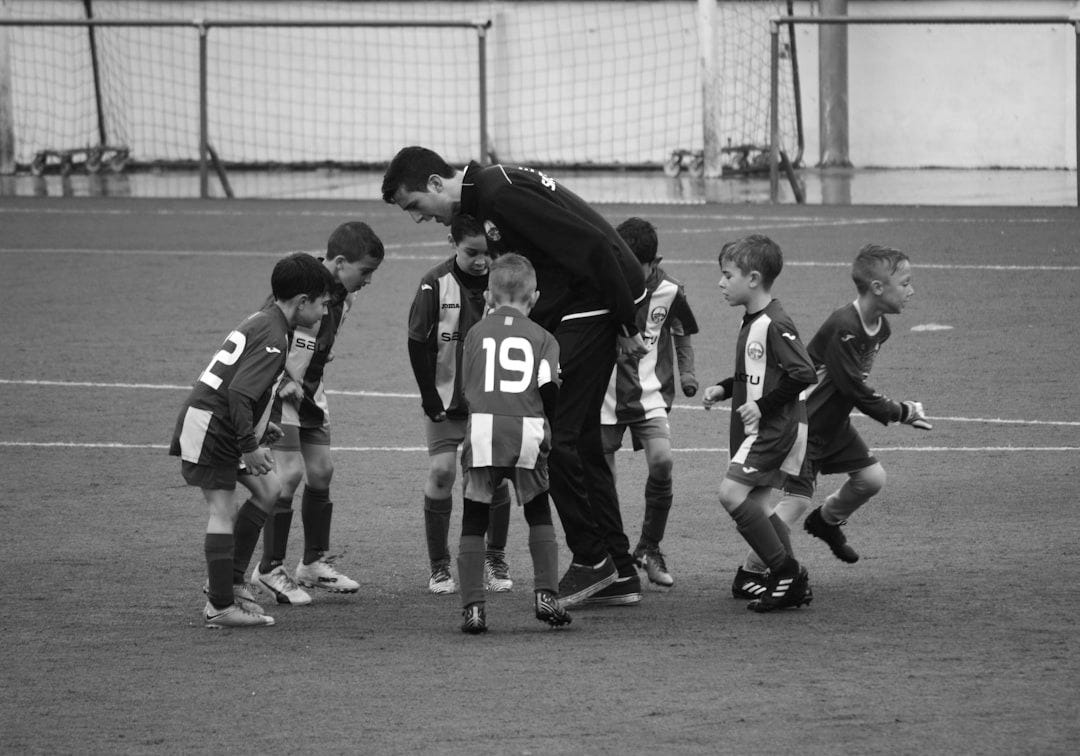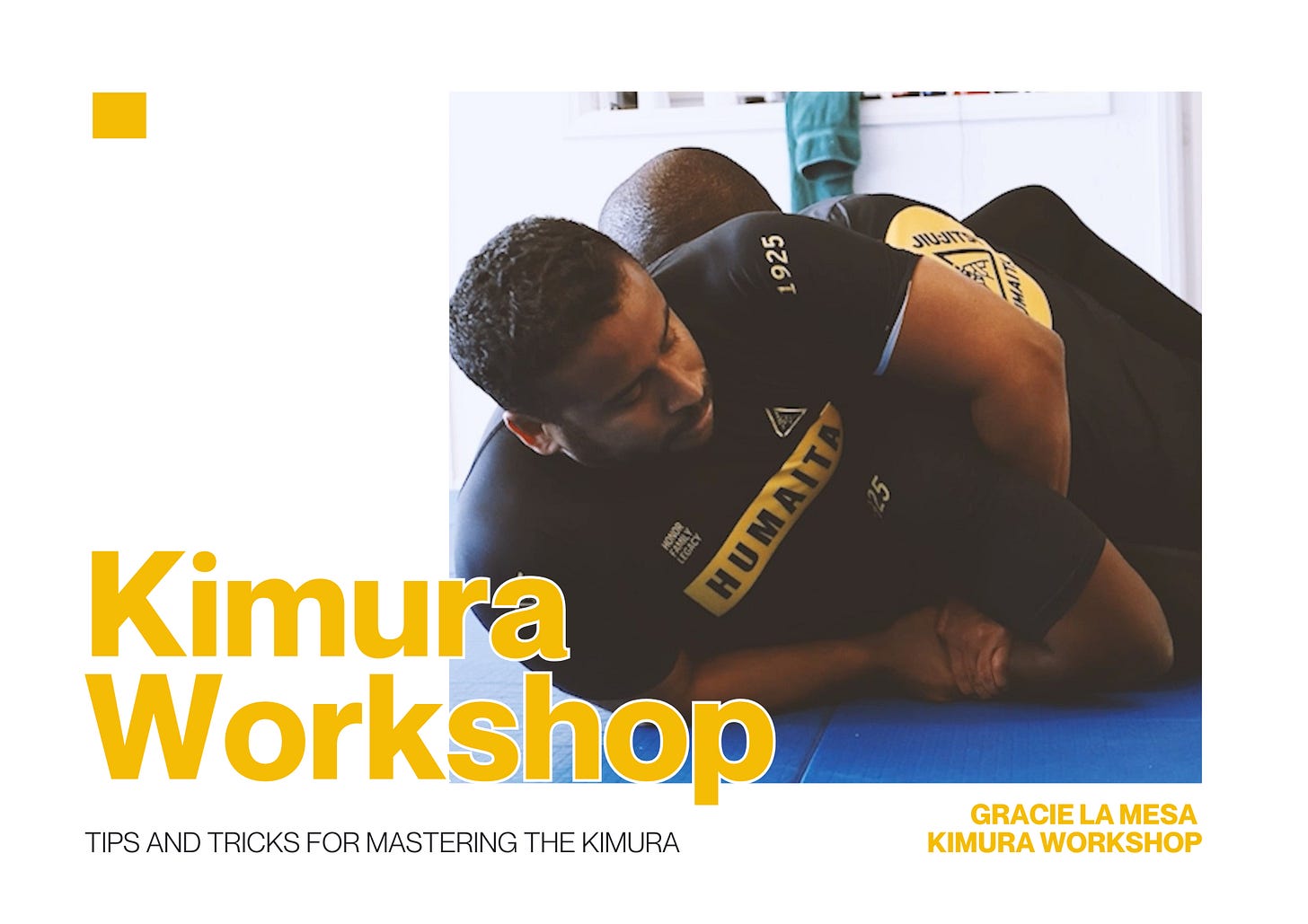
For as long as I’ve been a student in Jiu-Jitsu, we have had some elements of games associated with our training.
At the time it was called “Situational Sparring.” Some will argue that it’s not the same as the Ecological approach, but lets at least agree that they are in the same family tree.
I personally love the idea if using the Eco approach, but I also believe that it’s more about how it’s applied.
This Joh Beam video, while a little long, is an excellent example of how the games are applied, and how an instructor can structure this style of training. The instructor here does a fantastic job of adjusting based on what he sees.
The Allure of Game-Like Drills
Ecological Games are incredibly fascinating due to how much fun it all is. Additionally, it’s similar to what we will face in terms of what competition matches will or can look like.
In the end, who doesn’t like a game?
Benefits
Far more realistic than static drilling.
Rapid development when isolating situations.
Smoother transitions from class to competitions.
Example of an Ecological Game from standing.
When It Tends To Miss The Mark
Again, I personally believe that the games are a great teaching tool and something that will become a mainstay within the culture of Jiu-Jitsu. So, I know many will argue against me here, but I think that students need a base level understanding in order to get the most out of the games.
What I Believe Has to Be in Place
While a student doesn’t need to be at the Blue Belt level, having some fundamentals genuinely helps the games work better. If someone doesn’t know how to pass the guard, how can I ask him to jump into the games.
Imagine asking a brand new basketball player to jump into a scrimmage and he doesn’t know how to dribble or shoot?
Fundamentals - Basic level understanding of the positions, ideal functions, and intended use can make the games functions better.
When Games Are Perfect
Again, just my opinion.
Games are perfect when the participants understand the rules and the tools they have at their disposal. When the basketball player understands how to dribble, pass, and shoot, he or she can then get the most out of the scrimmage games with specific plays in mind against a live defense.
Jiu-Jitsu is really no different.
These games are where we can now sharpen timing, reactions speed, and decision making. This is great for intermediate, advanced, and competition level classes.
The Benefit
The games/constraints can create more specialized levels of knowledge in a much shorter amount of time.
If I want to get better at a specific position or skill, for example the mount, they need to spend as much time there as possible.
During the course of a regular round, the chances of that happening enough to build the skill are low. This is where these constraints are most useful.
I allow the constraints and goals to be very specific to that position. We cut out all of the other positions that can divert a students attention, forcing them to work on that one part of the game.
Improving Decision Making - Having a student forced to play within a given portion of the sandbox builds muscle memory and decision making that you will not get in static drilling.
Timing and Adaptability - Timing and adaptability only come along when you have spent a decent amount of on the mats. The amount of experience that someone would gain in a week of regular training, could potentially attained within a day or two of focused games.
How I Balance Both
As mentioned before, my philosophy is that I want to provide a certain level of skill first, then encourage the students to use what they’ve learned to then work the problem the best way they think for any given situation.
So yes, I do use a more Traditional approach early on when I’m covering a topic.
As we understand the topic, the tools, and the options, that’s when I like to introduce the games a bit more freely. I’ll change the difficulty by changing the winning parameters.
This approach is pretty much in line with Shintaro Higashi’s view in the video below.
Just as some reference, Shintaro is a 6 Dan Black Belt in Judo, a Jiu-Jitsu Black Belt, who also hold a masters in education. If you haven’t watched his Judo Instruction on You Tube, I highly recommend it.
Shintaro Higashi and Peter Yu explore balancing both the Traditional and Ecological Approaches.
Last Thoughts
No one should feel threatened by the immergence of the Ecological Approach. It has it’s place in Jiu-Jitsu, but if it’s not for you don’t use it. But understand, there are benefits there and if you’re going to ignore them, you’re doing your students a disservice.
Instead of battling over what we should or shouldn’t use, use the tools where you feel they fits best for your students.
DFM Coaching is dedicated to helping you overcome mental hurdles and achieve your full potential in BJJ. Whether through in-person instruction, seminars, private lessons, remote coaching, or video analysis, I provide personalized support tailored to your needs. Keep pushing forward, and let’s grow together!
My most recent podcast appearance.
Upgrade and get the Kimura Work Shop for Free!



I respect your opinion but I don't agree in some points. For example when you are talking about a beginner not knowing how to pass guard you don't need him to be able to do so immediatly. Instead You could ask the beginner to just keep the feet away from him while staying as close to his partner as possible.
I've been using the CLA with complete new white belts and they perform well if my lenguage is adequate (sometimes it isn't so I have to improve it for the next time we work that skill).
Great post still, thanks you for your opinion on the topic.